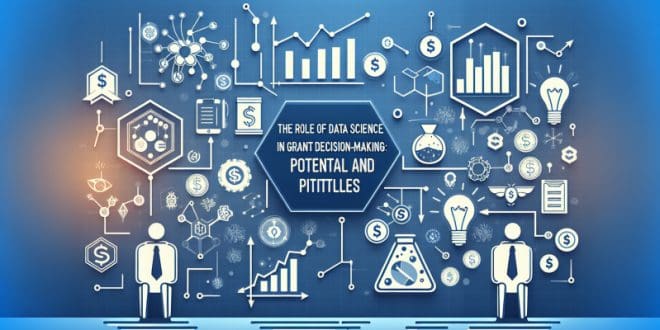In the vast and complex world of grantmaking, the pressure for fairness, efficiency, and impact has never been higher. As the demand grows for results-driven philanthropy, grantmakers are increasingly turning to data science to illuminate the path ahead. The potential of data science to revolutionize grant decision-making is immense, but the journey is fraught with both promise and peril.
The allure of data is not hard to understand. Powerful algorithms can sift through vast arrays of information, identifying patterns and predicting outcomes that would elude even the most discerning human minds. In a domain where decisions can alter the fates of communities and initiatives, the objectivity and scale that data promises are incredibly appealing.
Imagine, for a moment, the potential benefits. Data-driven approaches can streamline application processes, reducing the burden on nonprofits and allowing funders to process more requests, more equitably, and far quicker than before. Predictive analytics can assess which projects are most likely to succeed, directing funds towards initiatives with the highest impact. Geographic information systems (GIS) can visualize gaps in service provision, ensuring that underserved areas receive the attention they need. And these are just a few examples.
But for all its potential, the data-centric shift is not without risks. The reliance on data can inadvertently perpetuate biases that exist within the datasets themselves, skewing funding away from those who may lack the means or knowledge to present their causes in a data-friendly manner. Moreover, an overemphasis on quantifiable results may devalue projects that yield crucial but less tangible benefits, such as community building or advocacy.
One of the most potent concerns is inclusivity. Will the data-fueled future of grantmaking pay adequate heed to diversity, both in terms of the organizations it funds and the populations they serve? Without careful consideration, there’s a risk that data may become yet another barrier to entry for minority-led nonprofits and those working with marginalized communities.
As we chart this new territory, we must also ask: Do numbers tell the full story? Philanthropy, at its heart, is about human values – compassion, connection, and a desire for change. While quantitative data can guide us toward smarter investments, qualitative insights are the soul of effective philanthropy. Stories from the field, the wisdom of experience, and the voices of those served remain irreplaceable.
As members of the grants community, it is our responsibility to balance the scales, ensuring that data serves as a bridge rather than a divider. We must harness the power of data science to enhance our work while vigilantly safeguarding against its potential to narrow our vision.
In conclusion, the intersection of data science and grantmaking is rich with possibilities, but it requires a thoughtful approach. Let us embrace the opportunities of big data while remaining steadfast in our commitment to the human elements of philanthropy. As we stand at this crossroads, I challenge our community to consider: How will we let data inform our decisions without dictating them?
We welcome your thoughts and experiences on this critical topic. Join the conversation at Grants Club, where together, we shape the future of philanthropy with wisdom, care, and a shared vision for a better world.
 Grants Club Community
Grants Club Community







